Nowadays, phone scams have become a real problem, so it is crucial to identify fake numbers. These fake numbers are commonly used in schemes starting from spam calls to phishing attempts that can jeopardize your personal details. In this guide, you will find out how to recognize signs of a fake American phone number, learn how to check them using tools and methods and get tips on what to do if you encounter one.
Clues That a Phone Number Might Be Fake
Reading signs in fake phone numbers can help a person to prevent future dangers from an unknown person. Some common clues include:
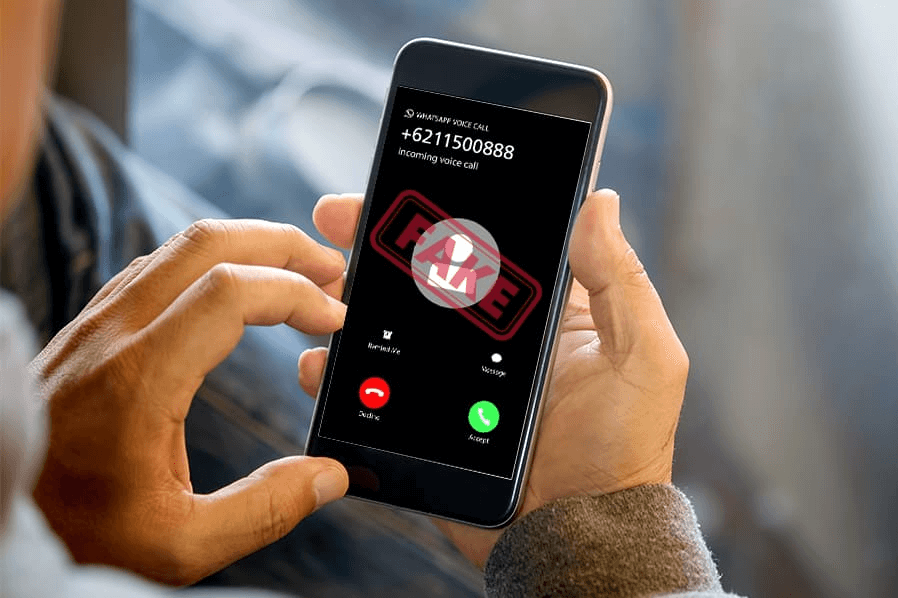
- Suspicious Area Codes: Some calls are made using unfamiliar area codes or international numbers especially if the call received pretends to be from local service providers or government agencies.
- Unexpected Format: Fake numbers may also have one or more extra digits or characters where we would expect to find standard digits.
- Lack of Information on Caller ID: Such a call is unknown, or no information at all can be seen on the Caller ID, meaning the number is masked or spoofed.
- Quick Hang-Ups or Voicemail Messages: More often, they make a short call or hang up and tell you to call back a number that can be very costly.
By these clues, one can guess when a certain number may be fake, but to be sure, further checks have to be made.
How to Identify a Fake Phone Number
There are various ways of checking if the given phone number is fake or not; if you have doubts about the number. Below is a breakdown of each method with links out to more helpful tools and examples of the methods in action.
Call the Phone Number
A simple method used by people to verify whether a number is serviceable is by dialing it back. If it is a call from an actual business or individual, it should be possible to have a conversation or get actual voice-mail. Avoid numbers that don’t connect or redirect you to a Sorry this service is not available message.
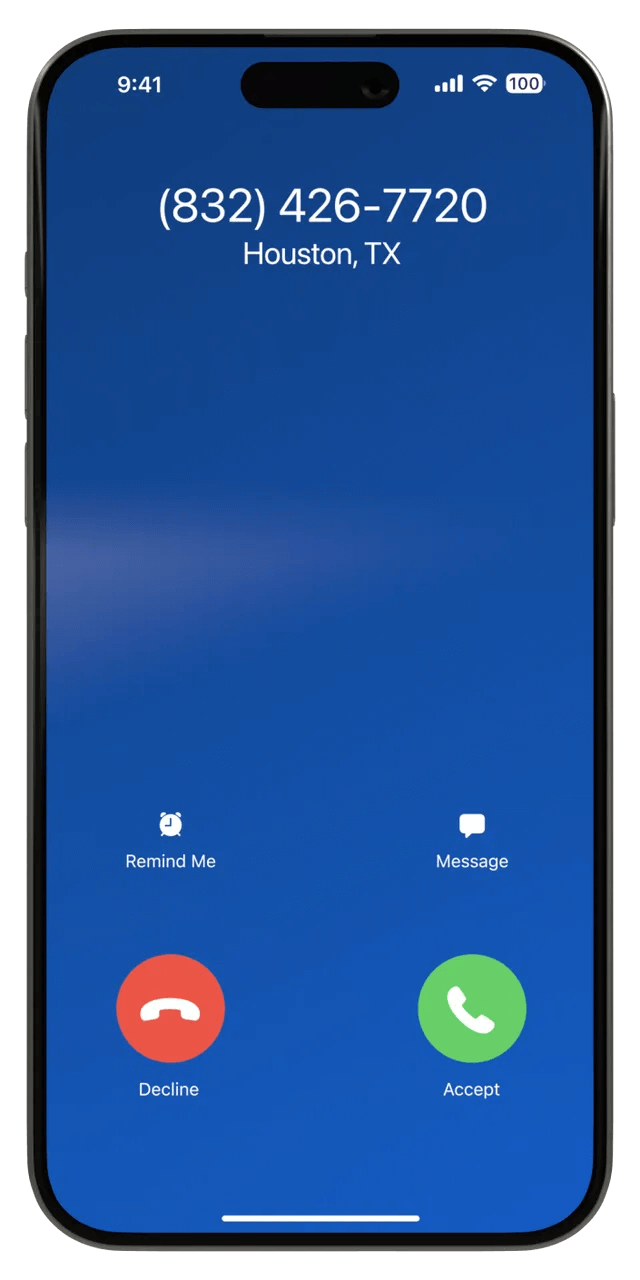
Check the Phone Number Format
Phone numbers generally follow a standardized format based on country and area codes. A valid U.S. phone number should contain ten digits (excluding the country code), with the format (XXX) XXX-XXXX. Here’s a quick table of some U.S. area codes to help:
| State | Area Code | Example |
| California | 213 | (213) XXX-XXXX |
| New York | 212 | (212) XXX-XXXX |
| Texas | 214 | (214) XXX-XXXX |
| Florida | 305 | (305) XXX-XXXX |
If the number doesn’t align with these typical formats or has extra digits, it may be fake.
Send a Text Message
Texting the number can help gauge its validity. With real phone numbers, you’ll likely receive a response, even if it’s automated. Fake numbers may not reply, or you may get an error message indicating the number is invalid.
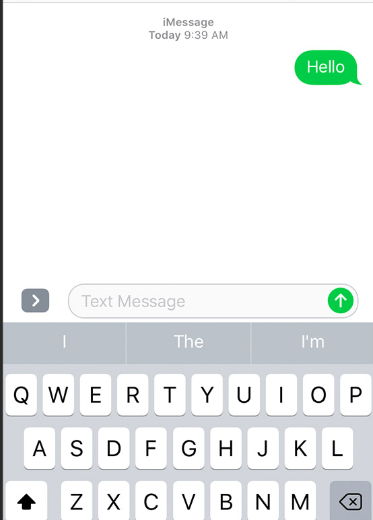
Search the Phone Number on Google
Entering the phone number into Google can help you see if it’s associated with known scams.
- Open Google in your browser.
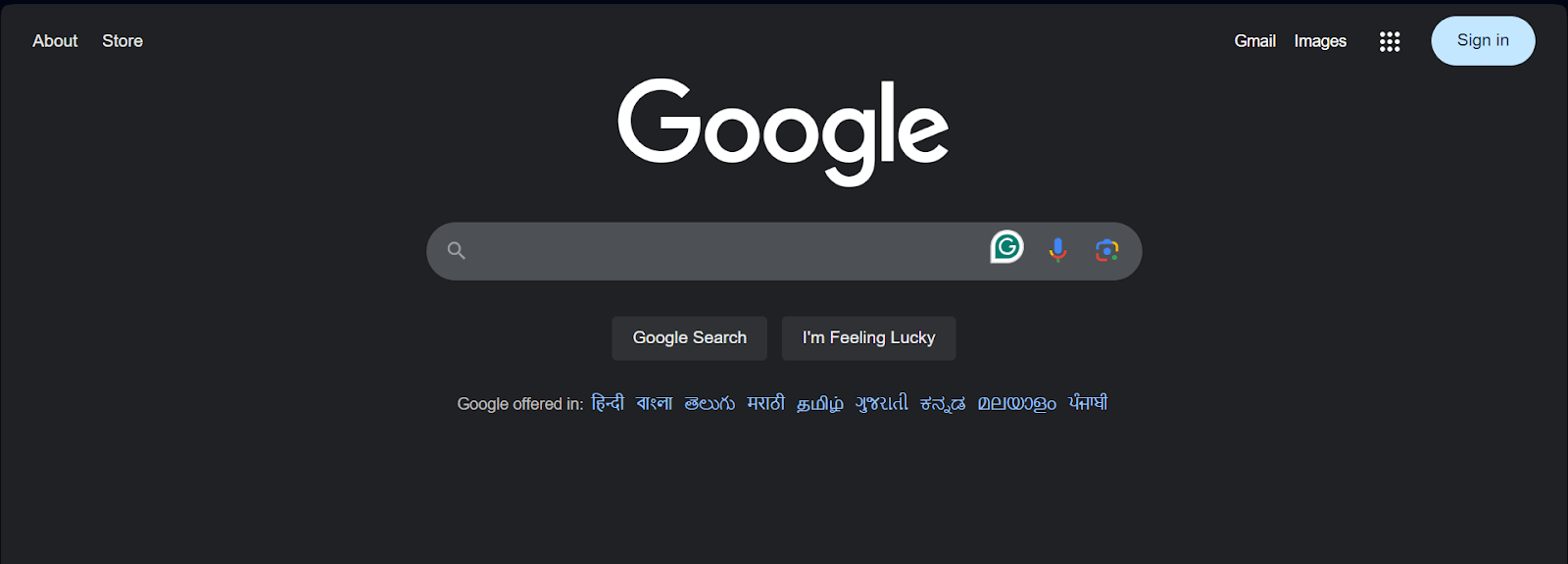
- Type the phone number into the search bar, including the area code.
- Press Enter to view the results.
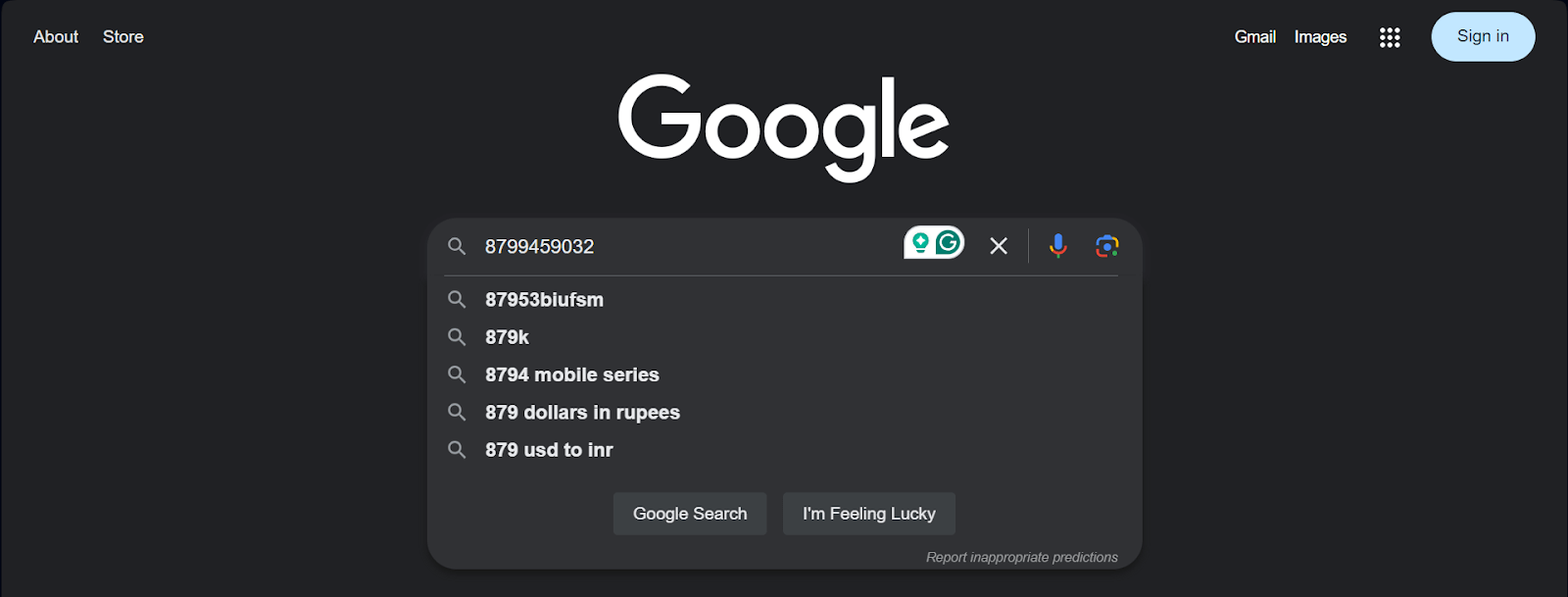
- Look through the results to see if the number appears on scam-reporting sites or forums.
- Check for posts or warnings from others who may have reported it as spam or a scam.
Check the Carrier
Knowing a number’s carrier can also indicate its authenticity. You can check this information using:
FreeCarrierLookup
Knowing a phone number’s carrier can provide insights into its authenticity. You can verify this information using FreeCarrierLookup.com, which offers reliable data on both wireless and landline numbers.
- Go to FreeCarrierLookup.com.

- Enter the phone number, including the country code (e.g., “1” for the U.S./Canada).
- Click Lookup to see the carrier name and type (wireless or landline).
Mobile Phone Locator
MLocator is a powerful online reverse phone number lookup tool that provides details about a phone number’s carrier and can verify its location by a phone number. This service is legal, secure, and efficient for tracking mobile devices.
- Visit MLocator.
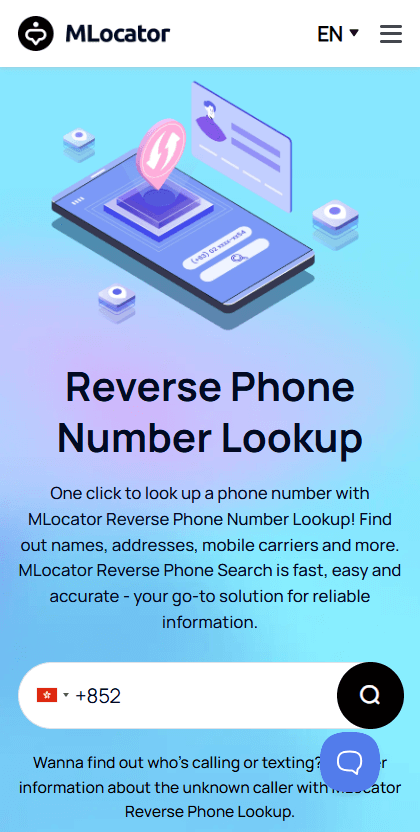
- Enter the phone number in the search box in international format.
- Make a secure payment for the tracking service.
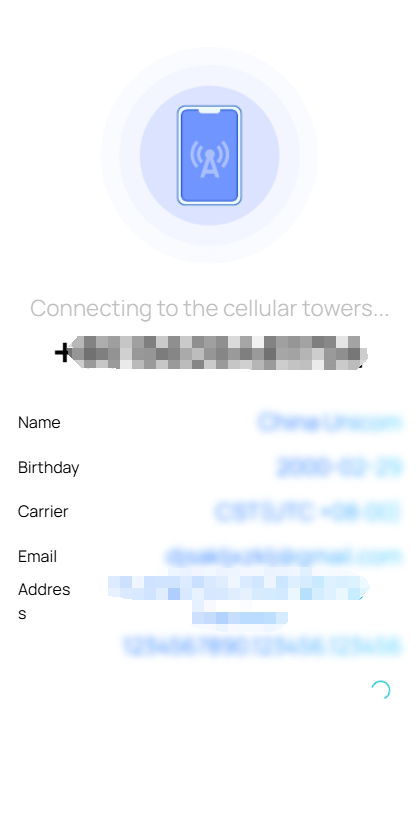
- Receive the location details and the carrier details via SMS on your mobile device.
Use Reverse Phone Lookup Tools
Reverse phone lookup services can help you gather data about a phone number, including owner details if available. Some popular fake free phone number look up tools include:
- TrueCaller: Provides information on spam and unknown numbers.
- SpyDialer: Allows you to perform a reverse lookup with varying degrees of success.
Check for VOIP Numbers
VOIP (Voice over IP) numbers, used for internet calls, are often utilized by scammers. Services like Telephone.so can identify VOIP numbers. Many fake numbers originate from these services, as they are easier to set up anonymously and can be masked or spoofed.
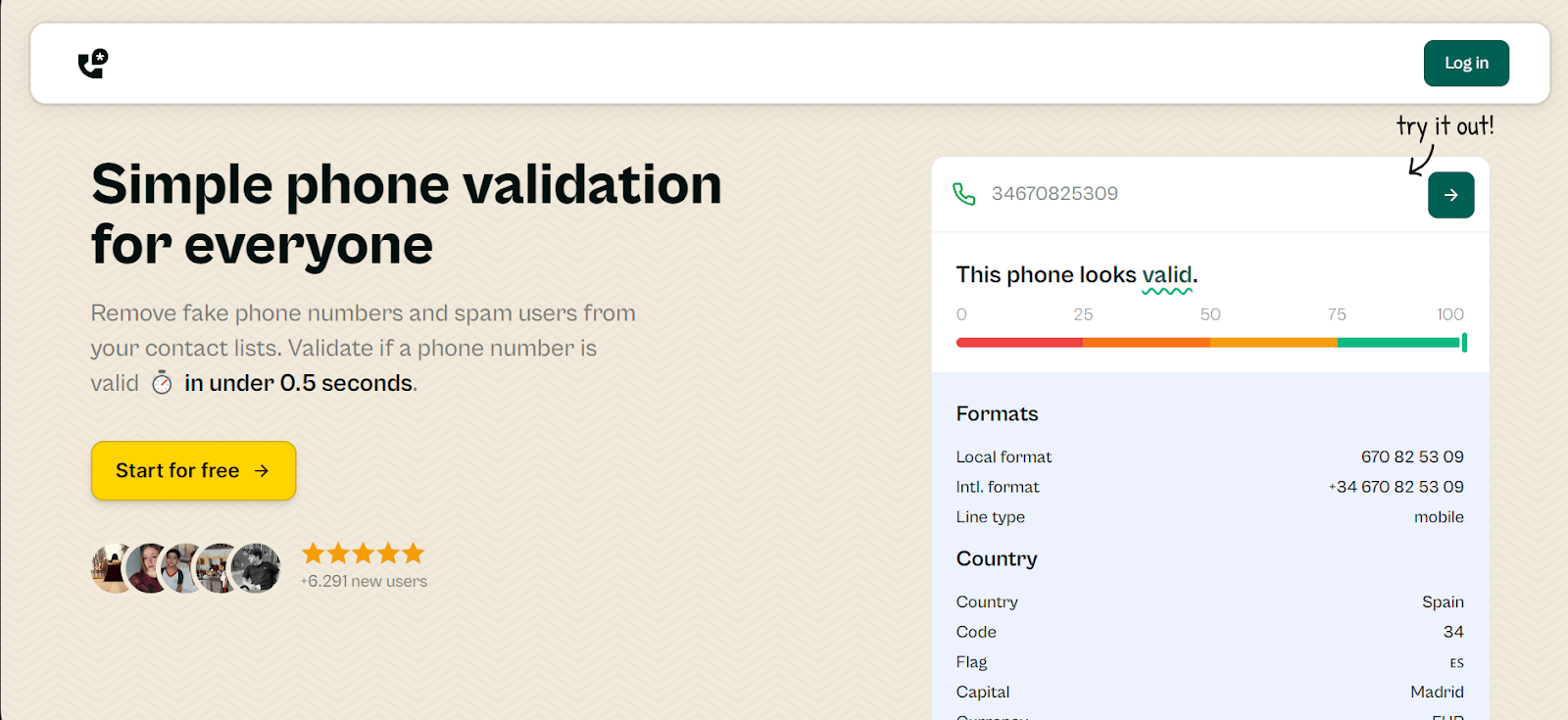
Use Mobile Apps to Detect Fake Numbers
Several mobile apps are designed to detect and warn about fake numbers. Hiya and TrueCaller are excellent options, as they alert you to flagged numbers or potential spam based on user reports and a global database.
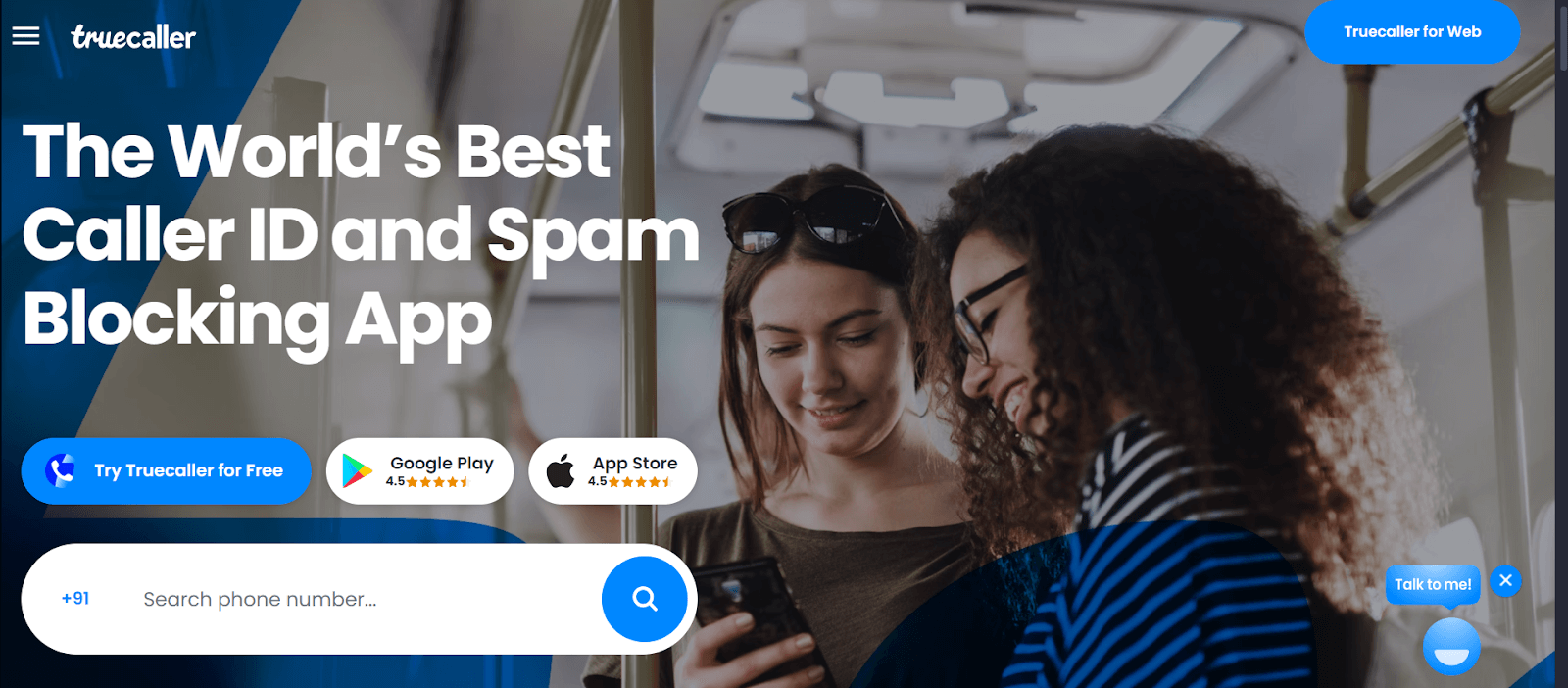
What to Do If You Get a Call or Text from a Fake Number?
If you receive a suspicious call or text, it’s best to remain cautious:
- Avoid Engaging
Do not respond to unknown or suspicious numbers. Many scammers rely on engagement to trick individuals into giving out information or returning the call.
- Report the Number
Most carriers allow you to report spam by forwarding the message to a specific number (e.g., 7726 for major U.S. carriers). Reporting helps carriers track and block these numbers.
- Block the Number
Blocking is an effective way to prevent further communication. Both iOS and Android devices offer options to block specific contacts from calling or texting you.
Can You Track a Fake Number?
In most cases, tracking a fake number can be difficult, as scammers use spoofing and other tactics to hide their identity. Although carriers can sometimes trace numbers with law enforcement support, tracking can be challenging without the right tools and is generally not possible for regular users.
What to Do If You Fall Victim to a Fake Number Scam
If you suspect you’ve been scammed by a fake number, act quickly to secure your personal information:
- Report the Incident: Contact your bank and credit card companies to alert them of potential fraud. Many banks can place temporary holds on your account or monitor for suspicious activity.
- Change Passwords: Update any passwords associated with compromised accounts, especially if you shared information over the call or text.
- File a Report with Local Authorities: If financial or identity theft occurred, file a report with your local authorities and provide them with details of the interaction.
FAQ
What happens when you call a fake number?
When you call the wrong number, most of the time it does not ring, instead it gives you a message, which says the line is off the hook or the line is busy. Sometimes, all that happens is the phone rings a few times before the connection is lost, or there is a recorded message to be played. Some scammers use such numbers therefore one has to be very careful especially when one has a strange number on the caller ID then they ask you to call them back.
Can I block fake numbers from contacting me?
Yes, you can block fake numbers on most smartphones that will enable the user to restrict certain contacts from calling or texting. It is this simple; open your call log or the message thread, tap on the three dots at the top of the screen and choose ‘block’. Most mobile carriers also have spam filtering our call blocking features that will help identify and prevent any fake or spam numbers from calling you directly.
How can I check if a phone number is spam?
If you need to know whether the telephone number is spam, you can use reverse telephone search solutions and applications like TrueCaller or Hiya. These apps depend on a blacklist of numbers that have been reported as spam and general reports from the public. You can type in the number you received and check if people labeled it as spam or if it is related to scams and such so that you don’t pick up the phone and fall for a scam.
How to check phone number details?
Online tools like FreeCarrierLookup and MLocator or apps like Hiya can help you verify a phone number’s details. These resources often reveal the carrier, type (landline, mobile, or VoIP), and sometimes even find the location of the number. By entering the number on these platforms, you can get insights into its origin, helping to assess whether it’s legitimate or suspicious.
How to report a fake phone number?
To report a fake American mobile phone number, forward spam texts to 7726 (SPAM). This service alerts your carrier, helping them to track and block future spam. You can also report fake numbers to agencies like the Federal Communications Commission (FCC) or the Federal Trade Commission (FTC), which work to regulate and reduce spam and scam calls, making it easier for others to avoid similar scams.
Wrap Up
Identifying a call or text from fake phone numbers can protect you from scams and privacy invasions. By using the methods outlined in this guide, you can easily verify a phone number’s authenticity, reduce your risk of falling victim, and take action if you suspect a number is fake. Remember to stay vigilant and take proactive steps to protect your personal information.


